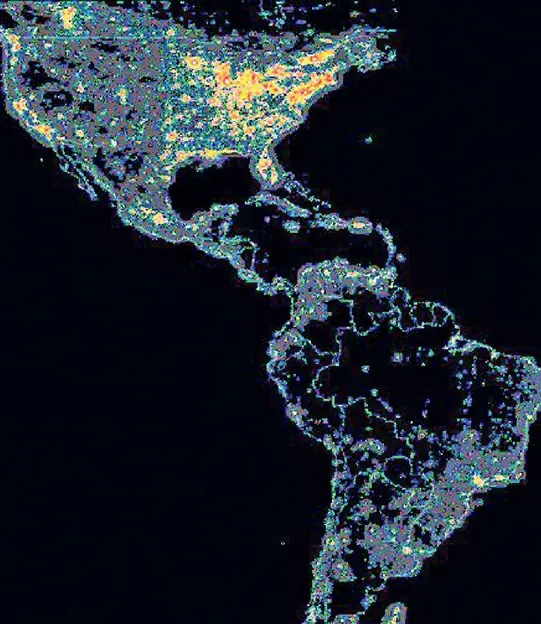The enchanting night sky, once a canvas of endless stars and cosmic wonders, is gradually fading away in the glare of modern urbanization. This phenomenon, known as light pollution, is a growing concern, transforming the once clear, star-filled skies into a dim, star-depleted backdrop. In urban areas, the night sky is often reduced to a handful of visible stars, overshadowed by the bright lights of the city.
Light pollution results from excessive and misdirected artificial lighting, obscuring the visibility of stars and other celestial bodies. This not only diminishes the beauty of the night sky but also hampers astronomical research, disrupts nocturnal ecosystems, and leads to energy wastage. The over-illumination of our skies is a reflection of inefficient lighting practices.
To combat this issue, the International Dark-Sky Association (IDA) was established in 1988. This organization is dedicated to preserving the night environment and promoting responsible outdoor lighting. With around five thousand members globally, IDA collaborates with governments, businesses, and communities to advocate for dark skies, guiding the adoption of efficient lighting solutions that minimize light pollution.
While efforts like IDA’s have led to the implementation of lighting ordinances and building codes that reduce light pollution, the impact on astronomy remains significant. Observatories in urban vicinities, such as the Mount Wilson Observatory near Los Angeles, face limitations due to the brightening night sky. Consequently, new astronomical observatories are increasingly being located in remote, darker regions, away from the pervasive glow of city lights.

